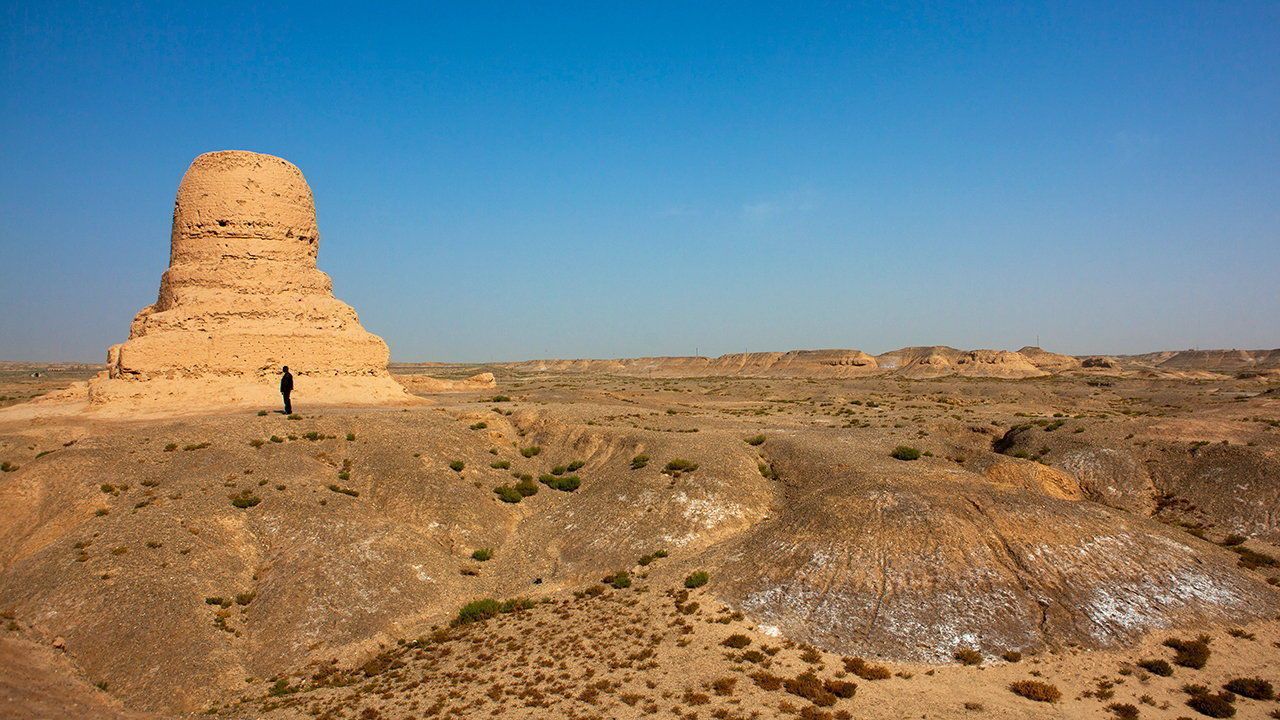China is using archaeology as a weapon
The state is unearthing ancient justifications for its rule over Xinjiang

In the desert outside Kashgar, an oasis city in the far-western region of Xinjiang, an ancient Buddhist stupa rises out of the sand. Because of its conical shape, it is known as Mo’er, the word for “chimney” in the language of the native Uyghurs. The stupa and a temple next to it were probably built some 1,700 years ago and abandoned a few centuries later. Chinese archaeologists started excavating the site in 2019. They have dug up stone tools, copper coins and fragments of a Buddha statue.
Explore more
This article appeared in the China section of the print edition under the headline “Artefacts that serve a purpose”
More from China

China’s wealthy elite rigs its university arms race
Children from poor and rural areas have little hope of keeping up with their rich counterparts

A gruesome corpse scandal sparks outrage in China
The government’s reaction has been to stifle any discussion of 4,000 stolen bodies

How China thrives in a world of turmoil
The guerrilla tactics of the Long March guide the Communist Party to this day
One way to turbocharge the Chinese economy
Why won’t the government give farmers more freedom to sell their homes?
China’s new plan for tracking people online
Is a digital-ID proposal meant to protect consumers or the Communist Party?
China is now the world leader in coffee shops
But the average Chinese person still guzzles much less than a typical American
